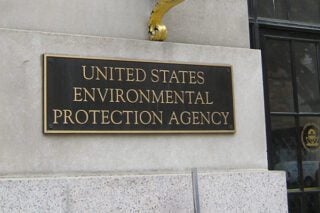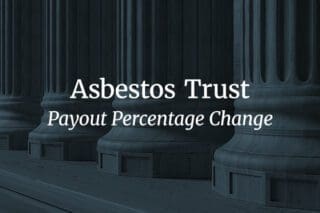Asbestos floor tiles were discovered during remodeling and removed shortly thereafter at Temple University’s Center City (TUCC) building. Upon discovery, the fifth floor was closed to classes and staff and faculty offices were relocated.
An asbestos remediation firm was called in the next day to confirm the presence of the hazardous material. In accordance with Pennsylvania asbestos laws, 10 days ahead of work TUCC filed a remediation plan and permit application with the city to remove the asbestos tile.
That firm pulled up the tile, put down a sealant, and captured any residual dust and debris. Inserting new vinyl tile and sealing cracks “contained” the asbestos. Plus, a new layer of carpet was added.
Pennsylvania is known for its asbestos exposure. From 1999 to 2015, approximately 2,779 residents died from mesothelioma. The state has the second highest mesothelioma rate in the country. The highest death rates occur in metropolitan areas surrounding Pittsburg and Philadelphia (where TUCC is located).
Philadelphia has a significant history of activity in industries where asbestos-containing products were widely used. Workers exposed to asbestos may be at risk for asbestos cancer. (See the full list of Philadelphia asbestos job sites.)
“There was never any risk to Temple students or staff or employees or faculty because there was that double layer of encapsulation,” said Director of TUCC William Parshall.
The fifth floor air was tested before, during, and after the construction. Post-work results were negative, but the school hired another independent asbestos contractor to also test the air. Those results were negative as well.
“The type of asbestos found in tile is not as dangerous as people think because it isn’t the type of asbestos that is friable, meaning the fibers don’t get into the air easily,” added Parshall.
Temple University isn’t the only higher education institution with asbestos problems. At least 90 University of Maryland buildings were found to contain asbestos in October of last year.
At the beginning of 2016, asbestos was discovered in Harvard University’s housing. In 2015, the University of Montana pushed its needed asbestos abatement work off until 2017 when it could request state legislature funding.
“I feel like [Temple] should put something out there like, ‘Hey, just a heads up,” said Junior Financial Planning Major Alyssa Klauder whose class moved from the fifth floor to the third without any explanation.





